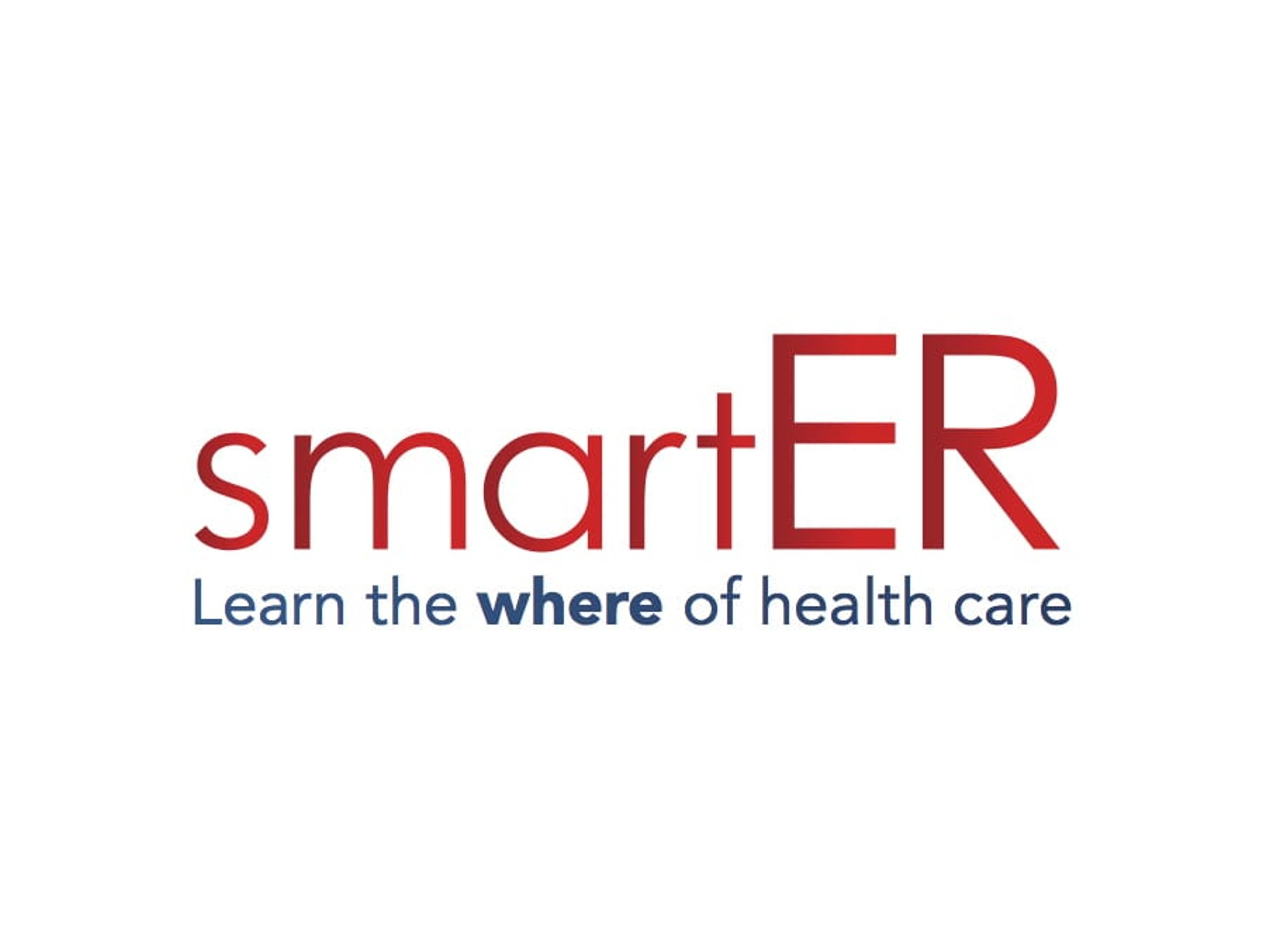smartER: Learning the where of health care
| 3 min read

It’s the middle of the night and you’re still staring at the pillow.
Your throat’s hot and scratchy, you’re coughing every minute or so and a dull ache has taken up residence just behind your forehead.
All you want is some relief while sleep … your sleep … is stalled on some distant horizon.
But, wait.
Before you grab the car keys and head for the nearest emergency room, stop to consider:
- You know your demise probably isn’t imminent. So if you wait until tomorrow to seek treatment, you won’t be much worse off than you are in this miserable moment.
- You have better options, like your doctor. Many have after hours numbers you can call. If you head for the emergency room, you’ll be treated by a physician who doesn’t know your medical history and has no access to your records.
- It’s unlikely that the ER physician will see you right away. These are highly skilled professionals trained to provide treatment for serious injuries and dire illnesses, not to dispense routine care. So your sore throat won’t be at the top of the priority list. It would be no surprise for you to sit in the waiting room for four hours waiting to see someone. Experts tell us that’s the average wait for nonemergency cases.
If you decide to head for the ER anyway, spend some of the plentiful time you’ll have parked in a plastic chair thinking about a few more things.
Look around the waiting room and count off a random 10 people, then pick out any four of them. Those four people represent the rough percentage of Americans whose medical complaints don’t belong in a hospital emergency room.
And you’re now one of them.
So, how much does all of this cost?
A lot.
In the U.S., we waste about $14 billion every year on unnecessary, inappropriate emergency room visits.
Treatment for that sore throat that would cost about $100 tomorrow in your primary care physician’s office is going to ring the till tonight in the ER to the tune of more than $1,300, according to a recent government study. That’s 40 percent higher than the average renter pays his or her landlord every month. And you’re responsible for the copay to follow.
And still you haven’t slept.
In the coming months, the Blues are going to help you be a part of the ER treatment solution, not the problem. Because we want you to get the right care in the right place. It’s all part of a campaign we’re beginning called “smartER.”
Much of that campaign will center on equipping you with the information you can use to make the most appropriate choices when illness or injury strikes suddenly.
Watch this space for more. Together, over the coming weeks and months, we’re going to learn how the where of health care can profoundly affect you and your health.





